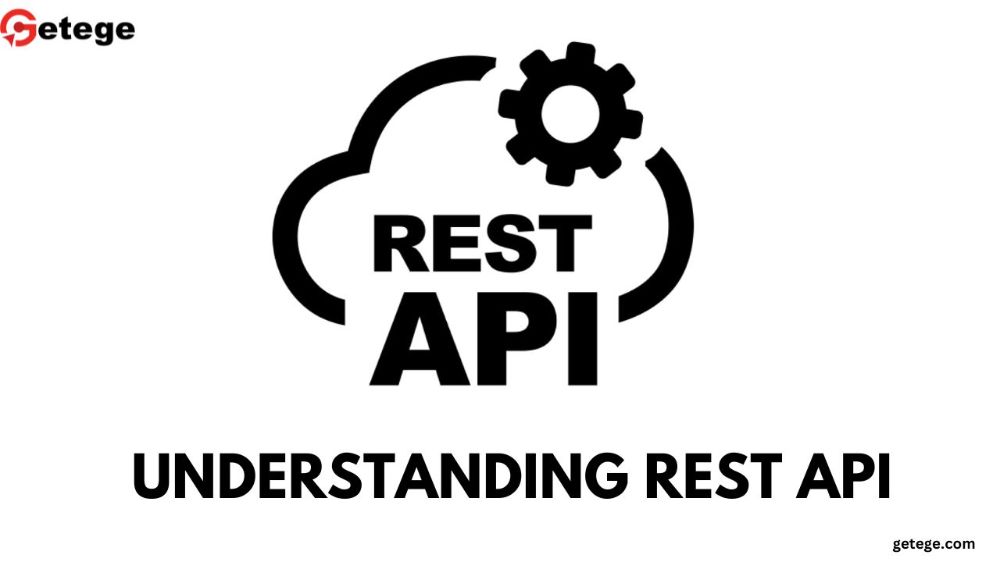The Ultimate Guide to REST API: Best Practices, Implementation, and Benefits
In today’s fast-paced software development world, APIs (Application Programming Interfaces) play a vital role. REST API (Representational State Transfer) is one of the most widely used types of API. It facilitates communication between different software applications, allowing them to exchange data and perform various operations over the internet. REST APIs operate over the HTTP protocol and are based on a stateless, client-server architecture. This makes them scalable, flexible, and easier to use than other types of APIs, like SOAP. In this comprehensive guide, we will dive into everything you need to know about REST API, from its key components and best practices to how it is implemented, along with answers to frequently asked questions.
Key Concepts of REST API
Let’s break down some core components of REST API:
1. Resources
In REST API terminology, everything that can be accessed or interacted with is considered a "resource." Each resource is identified by a unique URL or endpoint. For example, if a user is a resource, it might be represented by the URL /users/1, where 1 represents the user ID.
2. HTTP Methods
- GET: Retrieves data from the server (like getting a user’s information).
- POST: Sends new data to the server to create a new resource.
- PUT: Updates an existing resource.
- DELETE: Removes a resource.
3. Statelessness
One of the core principles of REST APIs is that each request must be stateless. This means every request from a client contains all the information the server needs to fulfill that request. The server doesn’t store client session data between requests, making the system more scalable and efficient.
4. Representations
Resources can be represented in different formats. The most common format used in REST APIs is JSON (JavaScript Object Notation) due to its simplicity and human-readability. XML is another format that is sometimes used.
Best Practices for Designing REST APIs
To ensure that your REST API is user-friendly, secure, and maintainable, here are some best practices to follow:
1. Use Meaningful Resource Names
Rather than using complex or confusing naming conventions, make sure your resource names are easy to understand. Stick to nouns rather than verbs, as resource names represent entities, not actions.
For example:
- Good:
/users/123
- Bad:
/getUserInfo?id=123
2. Version Your API
It is essential to version your API to prevent breaking changes for clients that rely on older versions. You can include the version number in the API URL, such as /api/v1/users.
3. Use Standard HTTP Status Codes
Using the appropriate HTTP status codes helps clients understand the result of their request:
- 200 OK: Request was successful.
- 201 Created: New resource was successfully created.
- 404 Not Found: The requested resource does not exist.
4. Handle Errors Gracefully
Design your API to return informative error messages. Use HTTP status codes and provide meaningful messages in the response body, explaining the issue.
5. Security Best Practices
Security is vital for any API. Here are a few ways to ensure your REST API is secure:
- Use HTTPS to encrypt data transmission.
- Implement authentication mechanisms like OAuth 2.0 or API keys to control access.
- Validate input data to prevent attacks like SQL injection or Cross-Site Scripting (XSS).
6. Pagination and Filtering
When dealing with large data sets, it’s essential to implement pagination and filtering to optimize performance. This allows users to retrieve data in smaller chunks, which reduces server load and response times.
Example: /users?page=1&limit=20 – This retrieves the first page with 20 users per page.
How to Implement REST API
1. Choose the Right Technology Stack
A REST API can be built using several programming languages and frameworks, such as Python (Flask, Django), Java (Spring Boot), JavaScript (Node.js, Express), and PHP (Laravel). Choose the stack that best suits your needs, considering factors like the complexity of your API, team familiarity, and scalability.
2. Define Your Endpoints
Each resource in your API must have a clearly defined endpoint. For example:
- /users: Retrieves all users.
- /users/{id}: Retrieves a specific user based on ID.
- /users/{id}/posts: Retrieves posts created by a specific user.
3. Implement Authentication and Authorization
Use OAuth 2.0 or API keys to secure your API and control who can access specific resources. These mechanisms ensure that only authorized clients can make requests to your API.
4. Test and Monitor Your API
After implementing your API, it's crucial to test it thoroughly. Tools like Postman can help you test different endpoints and ensure they work as expected. Also, monitor your API performance to detect any bottlenecks or potential issues.
Benefits of Using REST API
- Scalability: REST APIs are stateless, which makes them highly scalable. The server does not need to remember the state of the client between requests, allowing it to handle many requests at once.
- Flexibility: REST APIs are language-agnostic and can handle various data formats, like JSON and XML, allowing different types of clients to communicate with them.
- Easy Integration: REST APIs are widely used across web, mobile, and cloud applications, making them an excellent choice for integration across multiple platforms.
- Efficiency: REST APIs typically have smaller payloads compared to other types like SOAP, which improves performance, especially in web applications.
FAQs about REST API
Q1: What is the difference between REST and SOAP?
REST APIs are more lightweight and flexible, typically using JSON for data exchange. SOAP is more rigid and uses XML for messaging.
Q2: Is REST API always stateless?
Yes, one of the key principles of REST is statelessness. Each request must contain all the information needed to process it, and the server doesn’t store any session data between requests.
Q3: Can REST API be used for mobile applications?
Absolutely! REST APIs are commonly used in mobile apps to allow them to communicate with a backend server, retrieve data, and perform operations.
Q4: What is a RESTful service?
A RESTful service is an API that adheres to the constraints of REST architecture, such as statelessness, resource-based URLs, and the use of HTTP methods.
Q5: How do I secure a REST API?
To secure your REST API, use HTTPS to encrypt communication, implement authentication methods (like OAuth 2.0), and validate all incoming data to protect against common attacks like SQL injection.
Conclusion
REST APIs are a crucial component of modern web and mobile applications. Their scalability, flexibility, and ease of use make them the go-to choice for developers. By following best practices—such as meaningful resource naming, implementing proper security measures, and handling errors gracefully—you can ensure that your REST API is not only functional but also reliable and secure.
With REST API, you have a powerful tool at your disposal to enable seamless communication between your applications, paving the way for robust and efficient systems.














